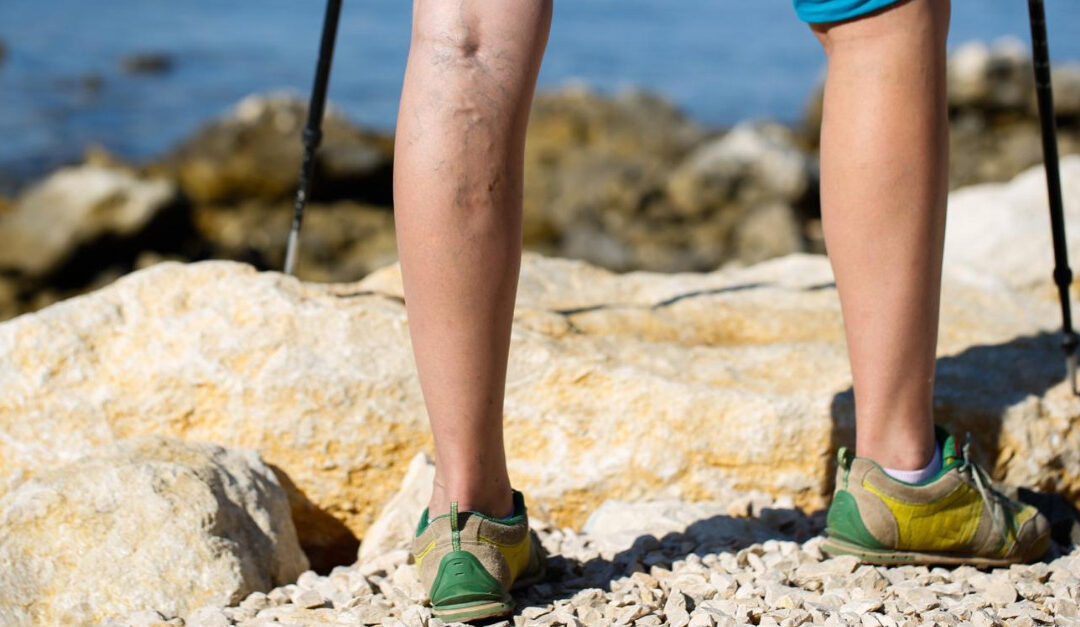Varicose and spider veins are a common frustration for many people, as it’s estimated that up to 35% of people in the U.S. experience them to at least some degree. While most individuals consider these venous problems to be simply an unsightly nuisance, it’s possible they could also be indicative of a more serious medical condition. Here’s a closer look into when vein issues are a medical problem versus simply a cosmetic concern.
Cosmetic vs. Medical Vein Issues
Both varicose veins and spider veins are types of a medical condition known as venous insufficiency. This occurs when the valves or walls in the leg veins don’t work properly, making it harder for blood to return to the heart. As a result, blood pools in the veins, which can lead to uncomfortable symptoms such as swelling, aching, ulcers, and the telltale sign of the condition — more pronounced varicose veins.
A combination of factors may underlie varicose veins, including a family history, long periods of sitting, inactivity, pregnancy, and being overweight. Women and older adults are also more likely to develop them.
Spider veins are the earliest sign of venous insufficiency, but can develop later into varicose veins, which indicate the condition has progressed. Spider veins are smaller than varicose veins, and resemble small threads, branches, or spider webs. They can typically be seen just beneath the skin’s surface and may be red, blue, or purplish in color, but they do not cause bulging, as varicose veins do.
The most common sites for spider veins are the face and legs, while varicose veins can develop anywhere in the body, most commonly in the legs.
Treating Vein Issues
Both spider veins (which are mainly a cosmetic issue) and more serious varicose veins can be treated. Addressing varicose veins is important; otherwise, pressure and swelling can continue to increase, putting strain on the walls of the veins and leading to further valve damage. This can then progress into other issues such as tissue damage, ulcers, and infection. In rare instances, varicose veins can also develop into blood clots, which are medical emergencies that call for immediate treatment.
In the case of both spider and varicose veins, nonsurgical treatments such as sclerotherapy may be used to collapse the affected veins. This prompts the blood to reroute itself through healthy veins. Other treatment options include laser therapy, which can close veins through guided ultrasound imaging and laser energy, as well as radiofrequency closure, which uses radiofrequency energy administered via a catheter.
Although spider veins may be too small for needle injections, they can still be removed for cosmetic purposes. Using lasers, doctors can destroy the affected vein without damaging the skin. Following the treatment, some small spider veins may disappear immediately. For others, it may take several weeks for them to gradually fade and then disappear altogether.Whether you have veins that are a cosmetic concern, medical issue, or both, Vascular Surgical Associates can help. Find out more about our available treatment options here. Or schedule a consultation at one of our nine convenient locations by calling (770) 423-0595.





